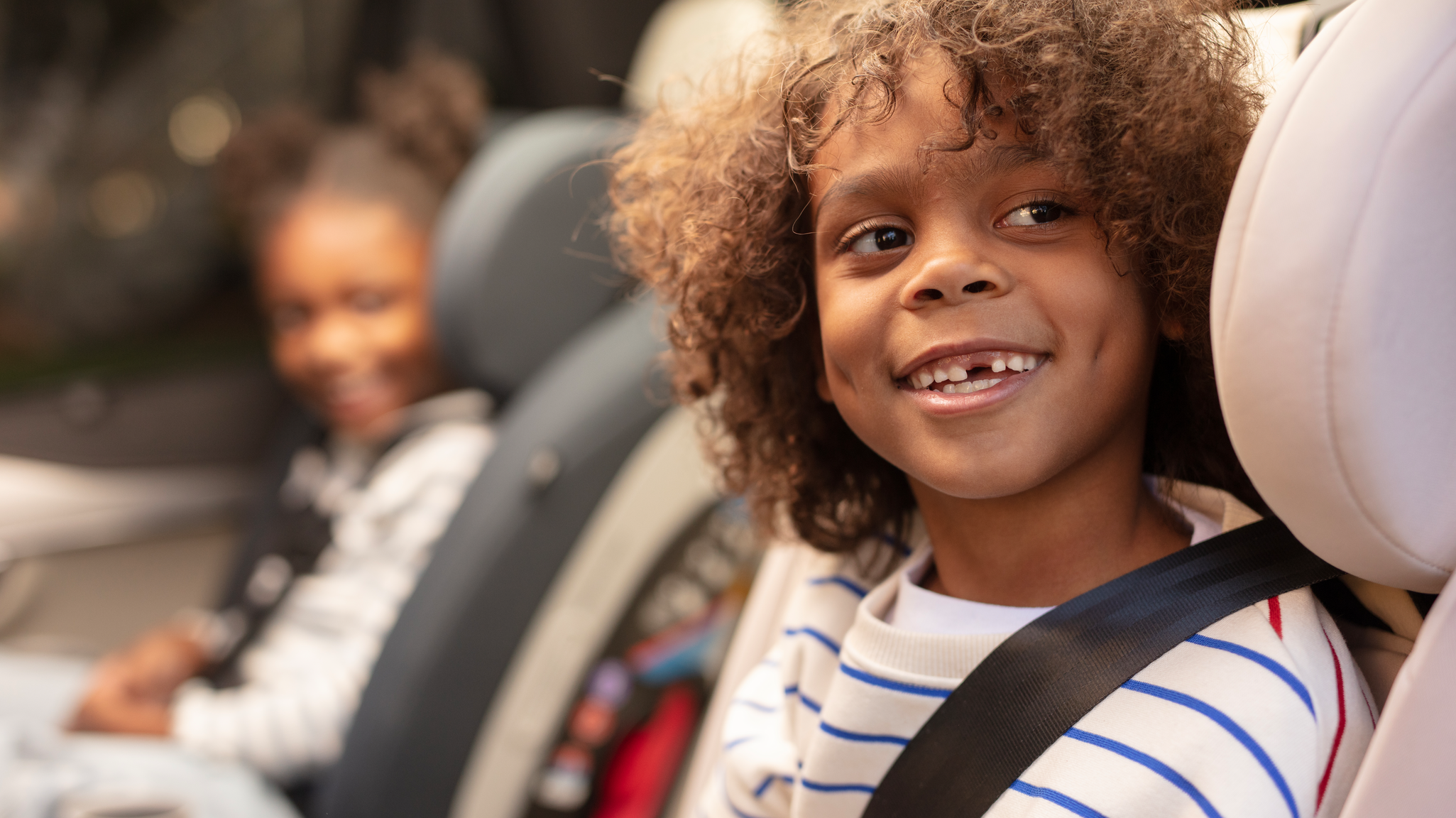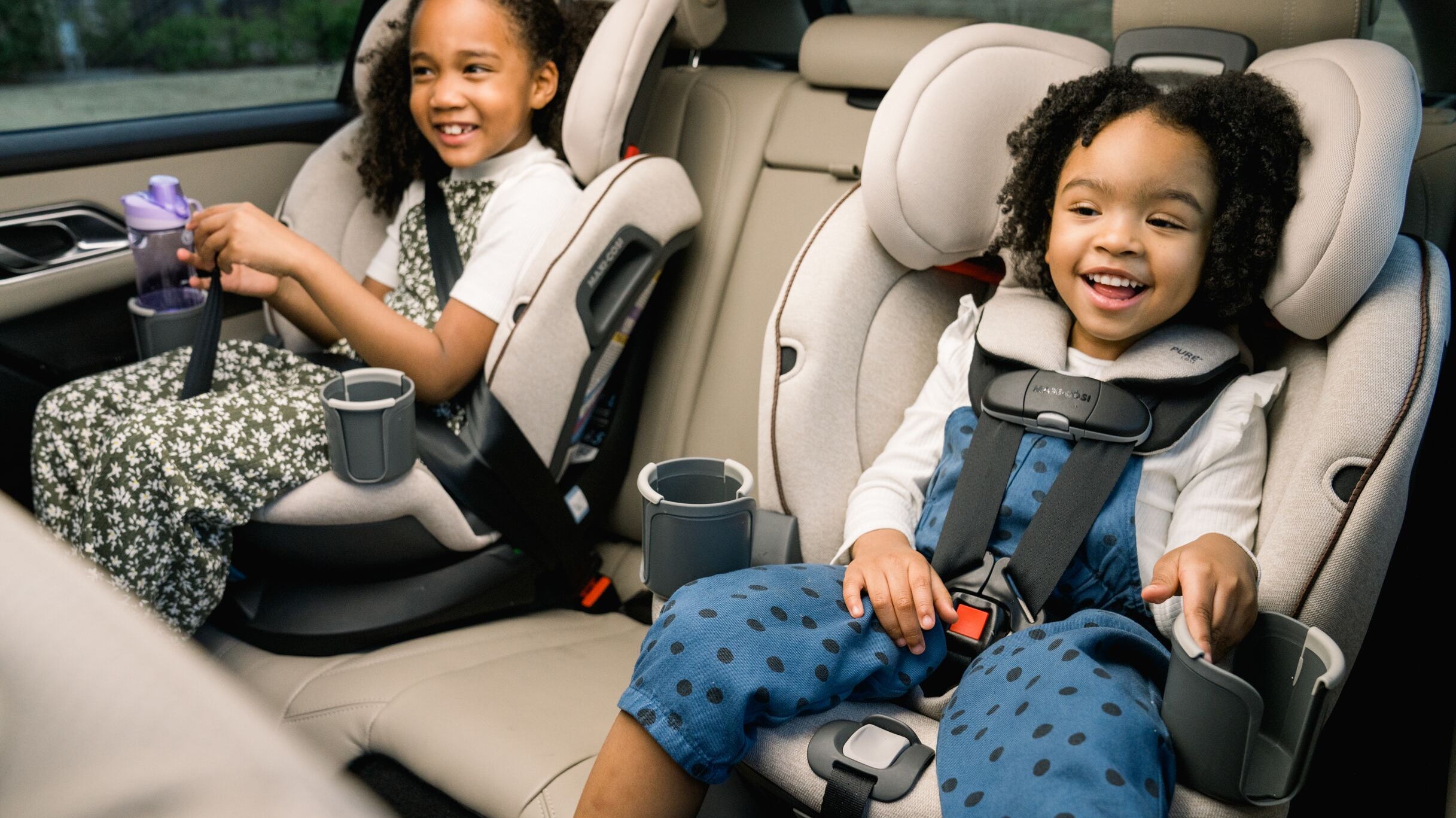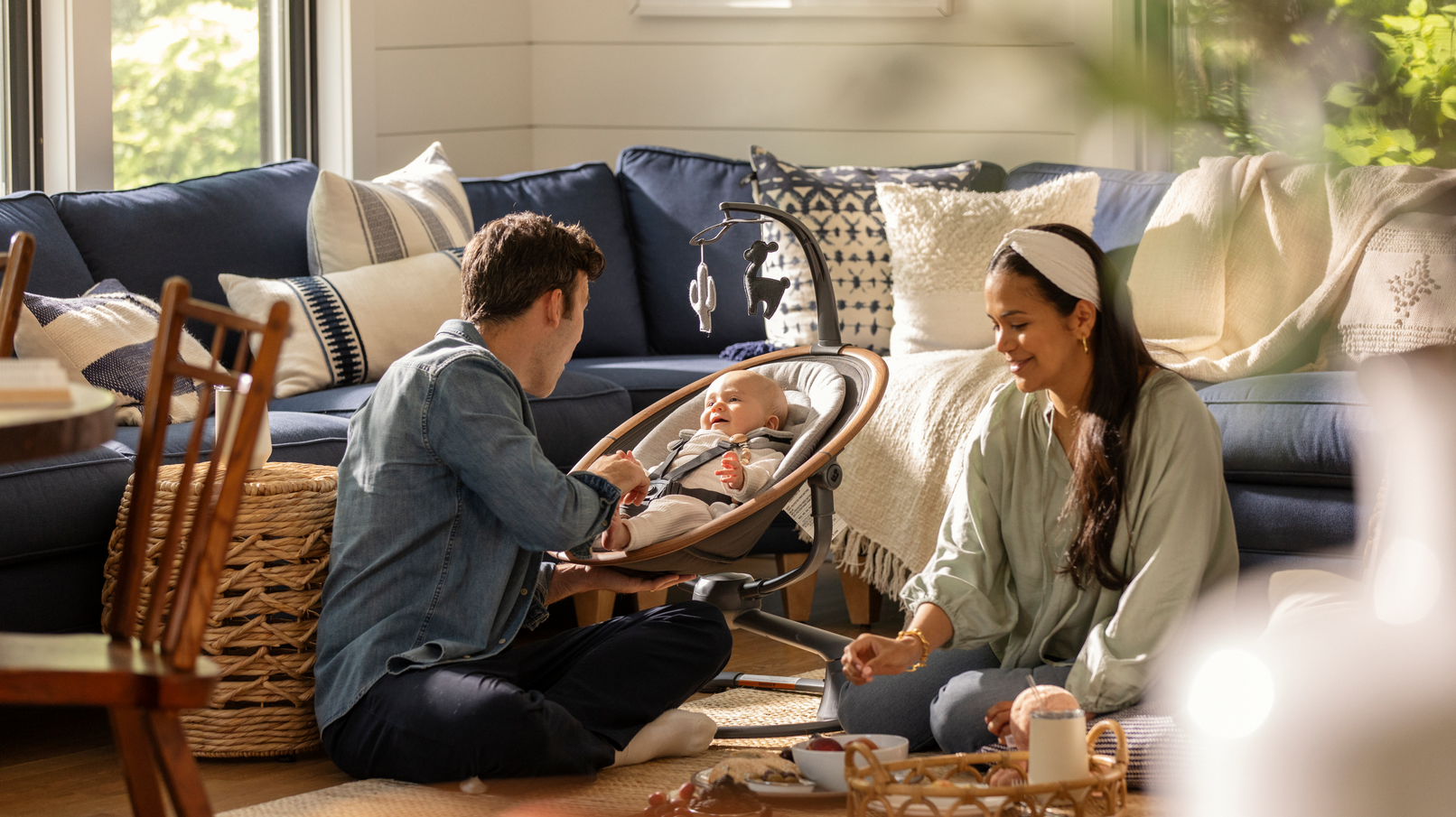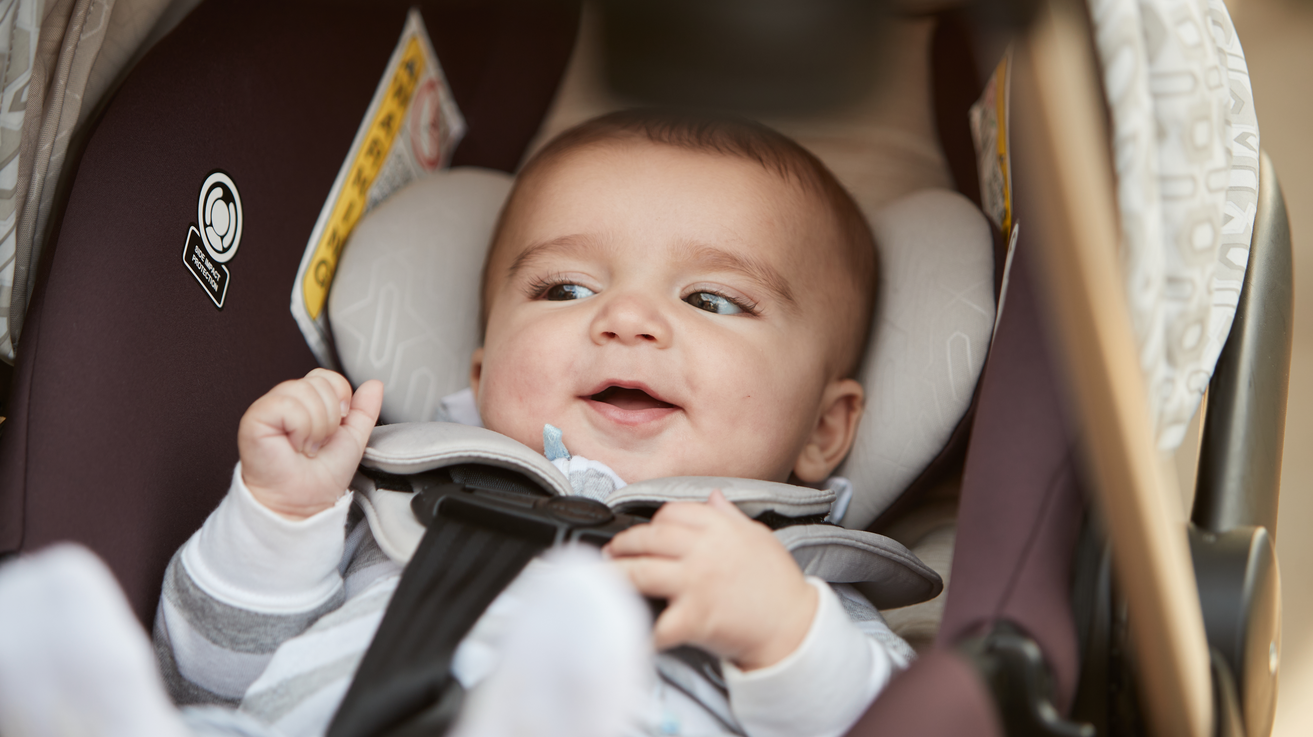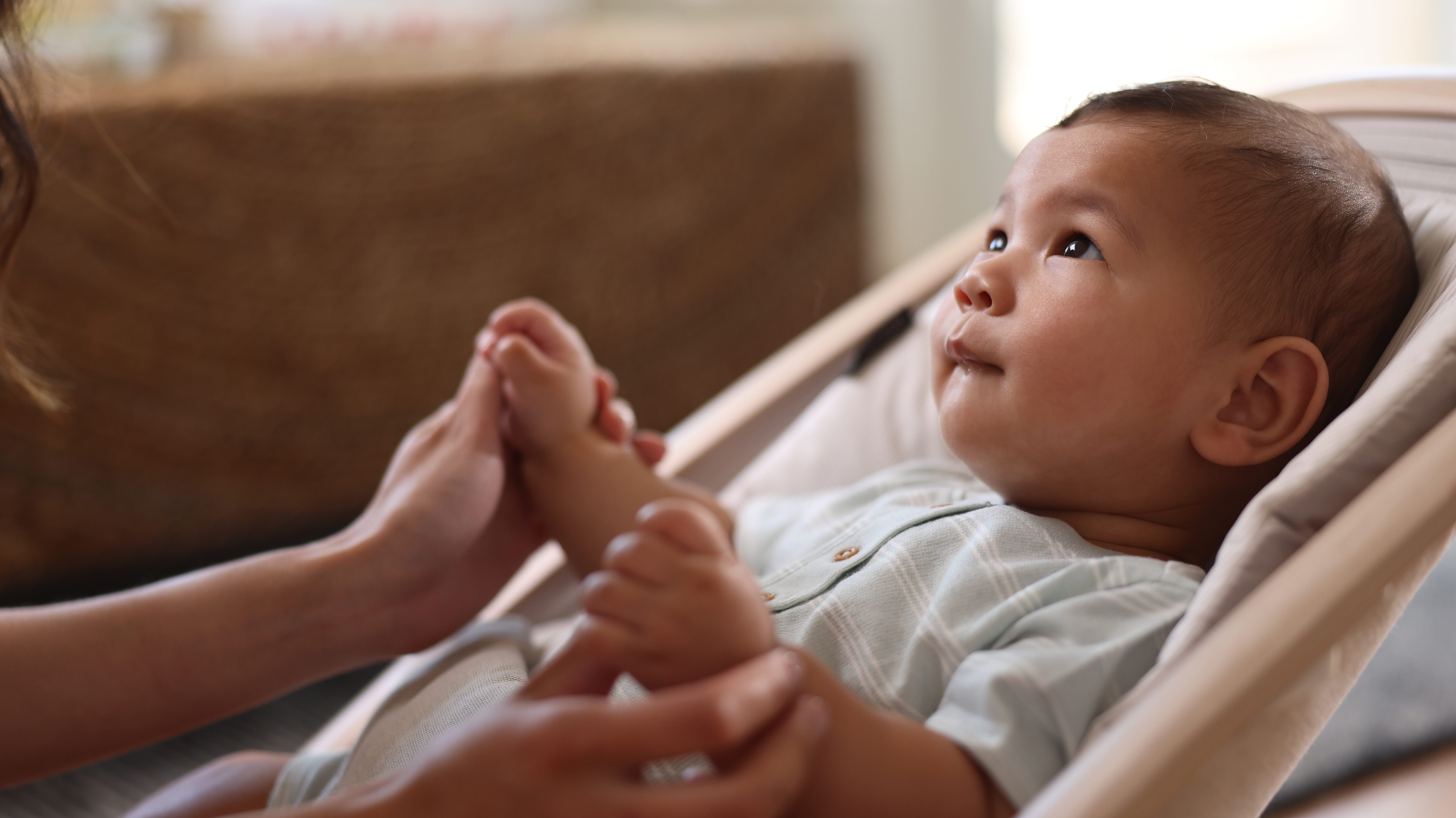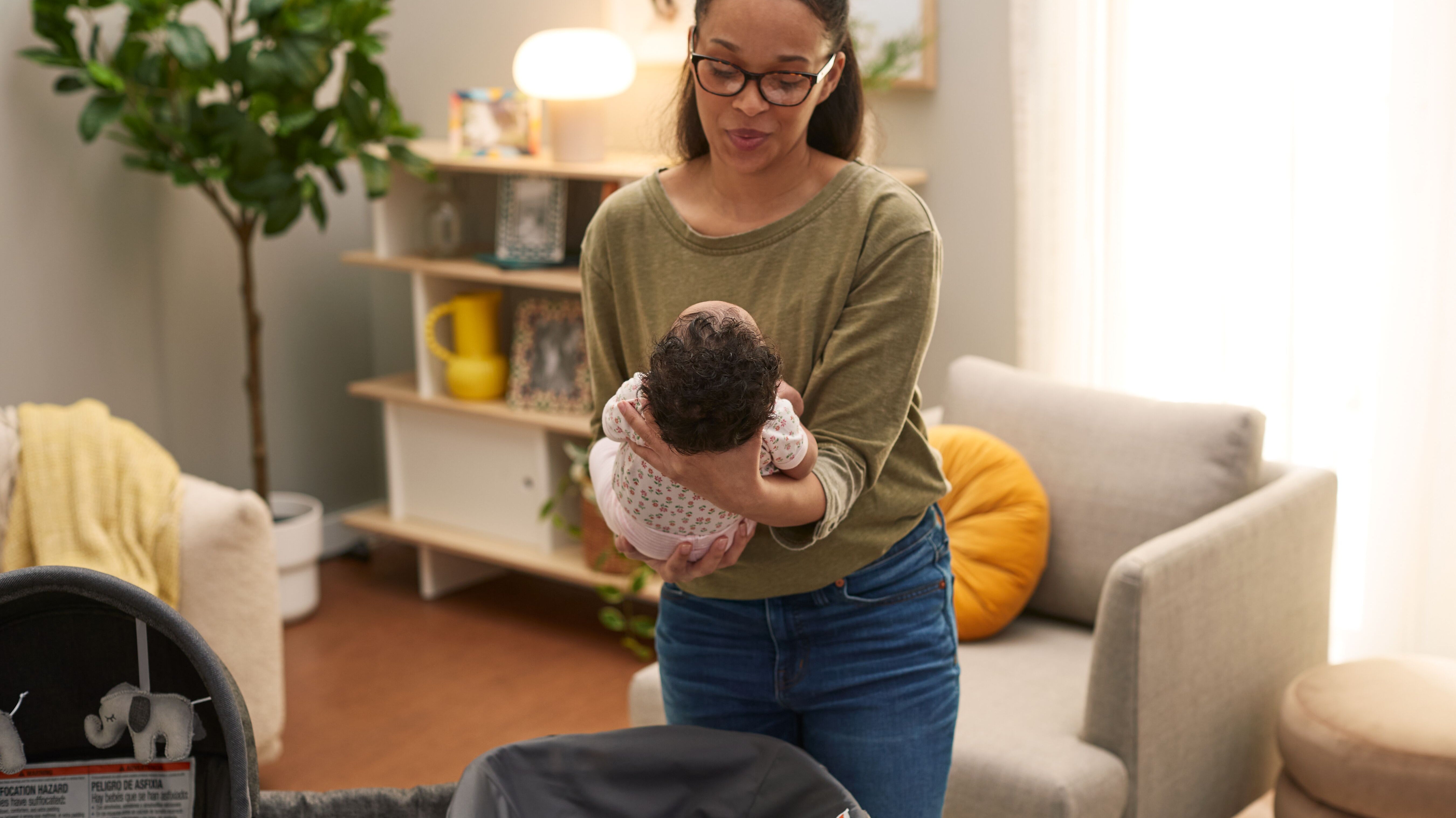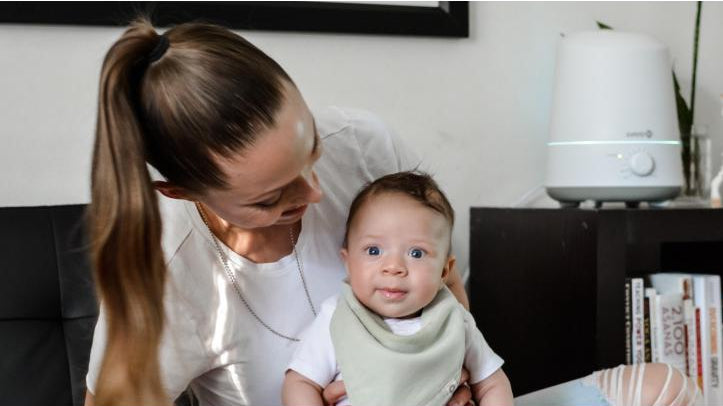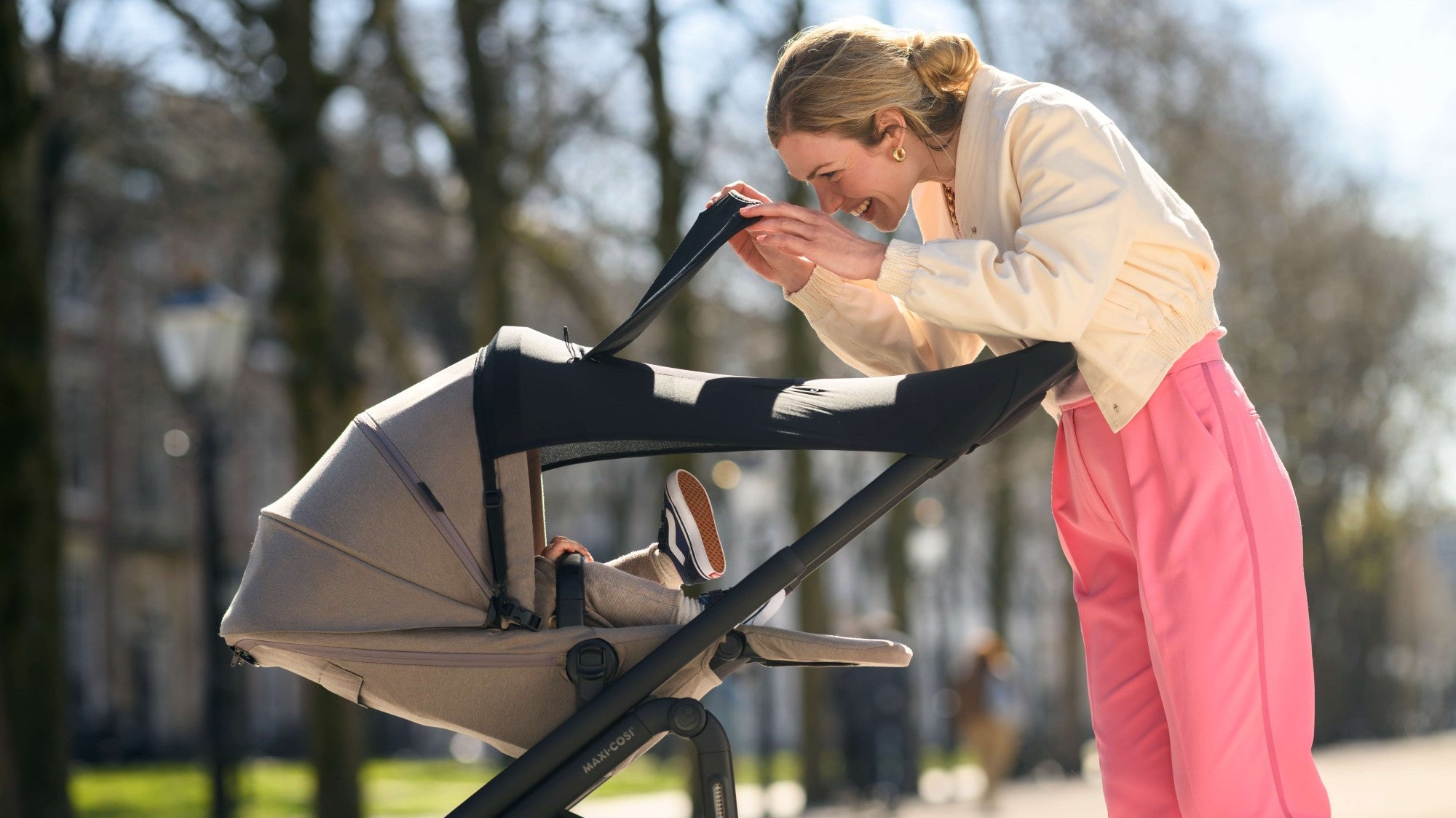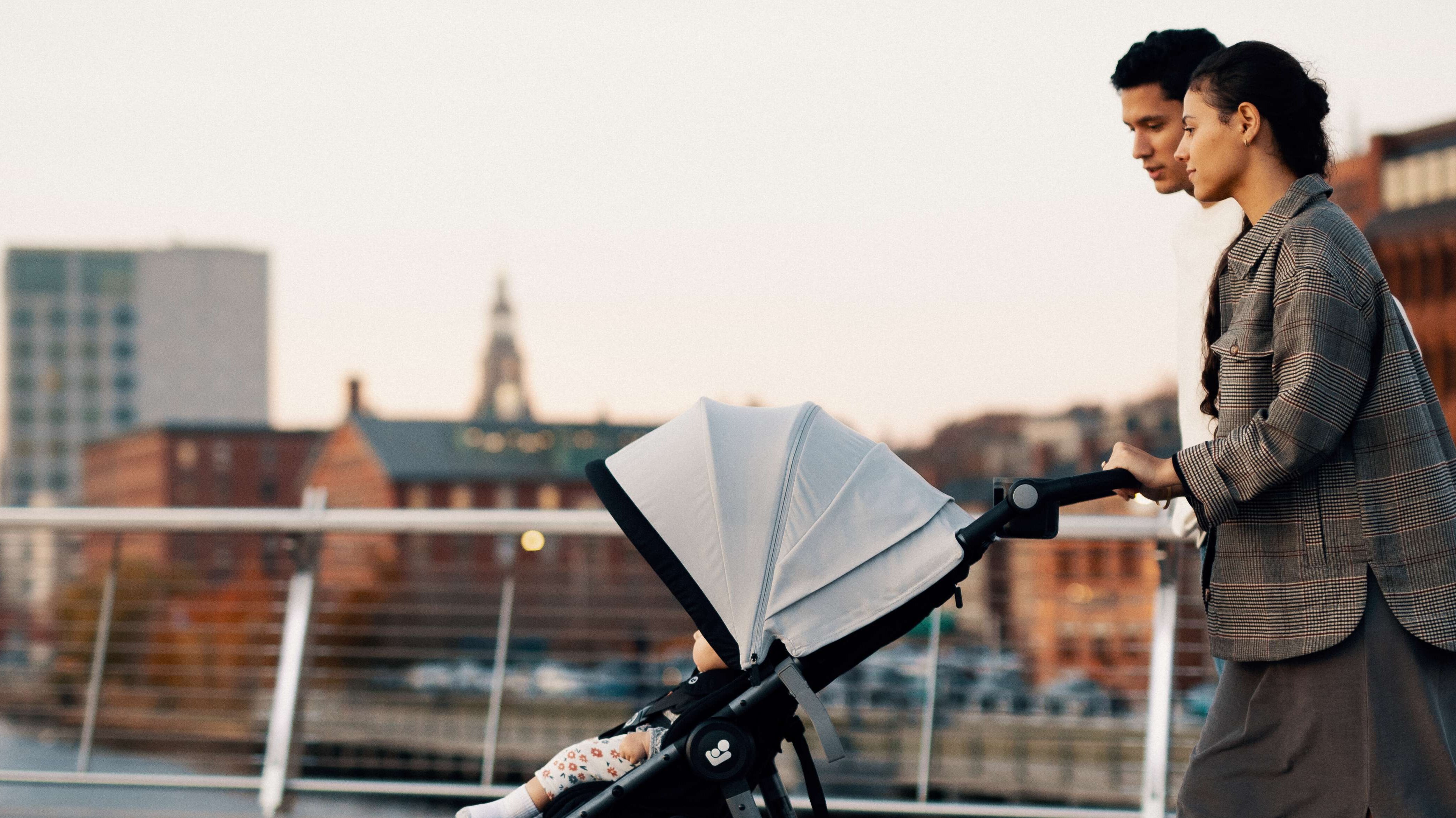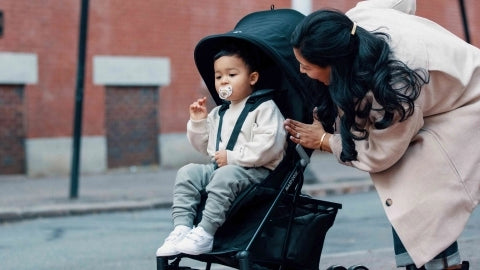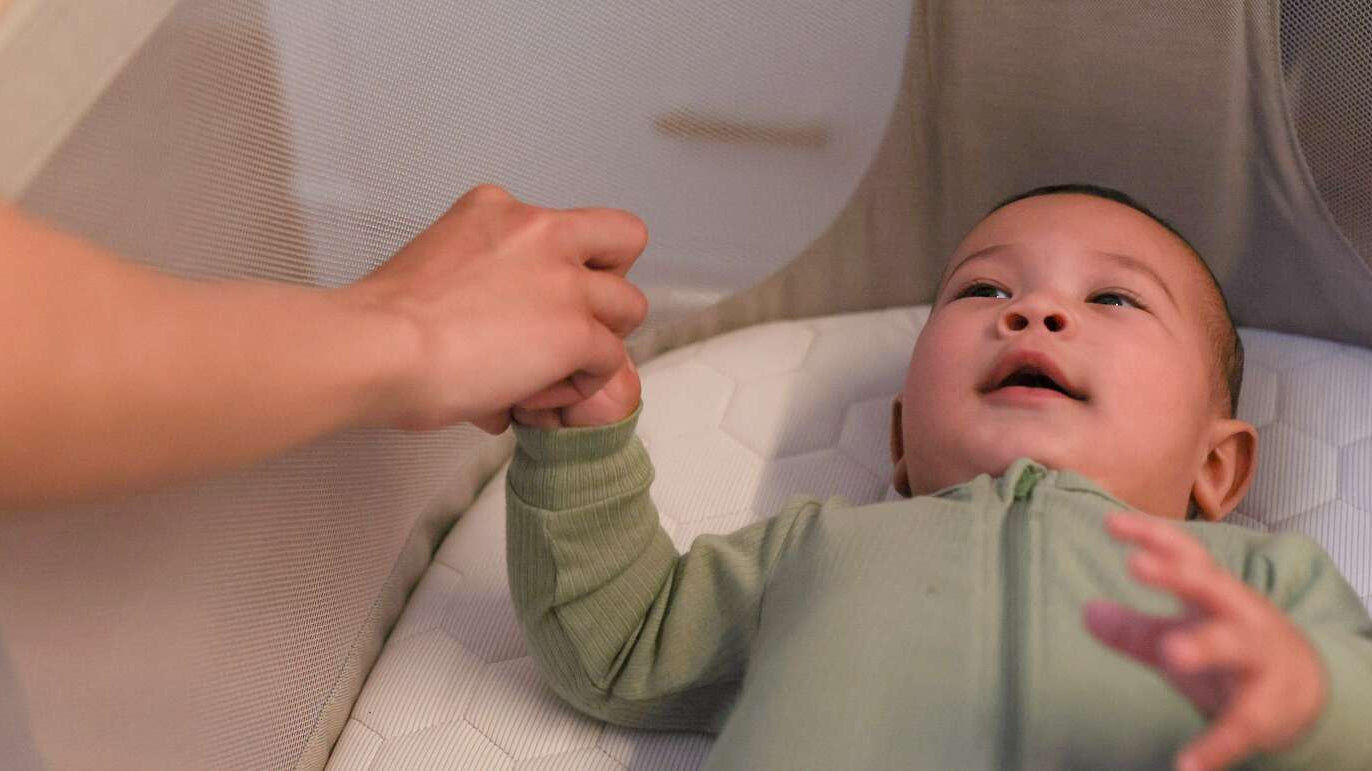Parenting Journey
How to Choose a Convertible Car Seat
Your tiny treasure is sleeping peacefully (for once), and the thought of them ever being big enough to warrant a larger car seat seems impossible. Planning for the moment your...
Convertible Car Seats 101
Your little one isn’t so little anymore, are they? There comes a moment for every parent when that itty bitty infant car seat is no longer big enough for their...
How to Open and Fold a Stroller
Opening your stroller is a necessary part of owning and using it on a regular basis, but sometimes it isn’t as intuitive as we might think. Opening a stroller is...
How to Build an Eco-Friendly Baby Registry
When it comes to baby products and planning for the arrival of your little one, sustainability is at the top of many parents' minds. But where to start? As a...
Your Baby Registry, Less Complicated
So much stuff for one tiny human! How is it possible? No parent-to-be wants to max out their credit card or overburden their gift-givers, so you may be wondering, “How...
Top 8 Baby Registry Essentials
They say it takes a village to raise a child, but sometimes your village needs a gentle nudge in the right direction. For such a tiny human, your little one...
Top 11 Baby Registry Must Haves
If your baby is due to come soon, you’re sure to be looking for the best baby registry items. But to make this exciting time in life less stressful, we’ve...
13 Baby Registry Items that Parents Forget
When it comes time to create a baby registry, you might get overwhelmed by how much to put on your list. Some soon-to-be parents think they should go easy on...
How to Choose the Perfect Stroller
You can already picture it: dressing your little one for the great outdoors, strapping them into their stroller, and heading out the door to explore the world together as a...
Types of Strollers
One of the first purchases parents-in-waiting make when they find out they’re expecting? The stroller. After all, your stroller gets you and your baby where you’re going. There for every...
Travel System or Car Seat & Stroller: Which is Right for You?
Travel system or car seat & stroller combo? That is the question. It’s one of the many considerations for new parents when they’re shopping for baby gear or putting together their registry ahead of a little one’s arrival. Your future holds many strolls...
Crib Safety Tips - Safe Baby Sleep
For the first few months of your baby’s life, they sleep – a lot. Newborns typically snooze around 16 hours a day, just not consecutively. You’ll both be awake every 3-4...




